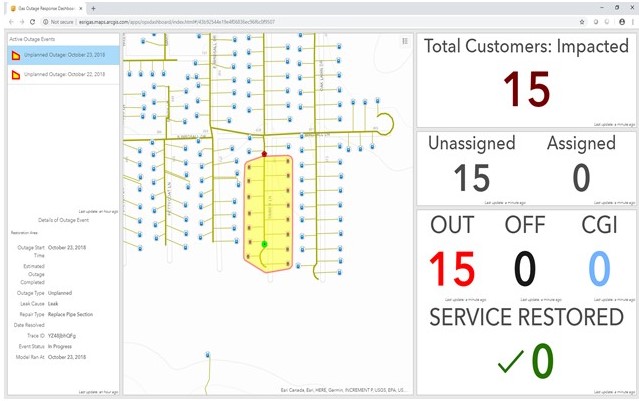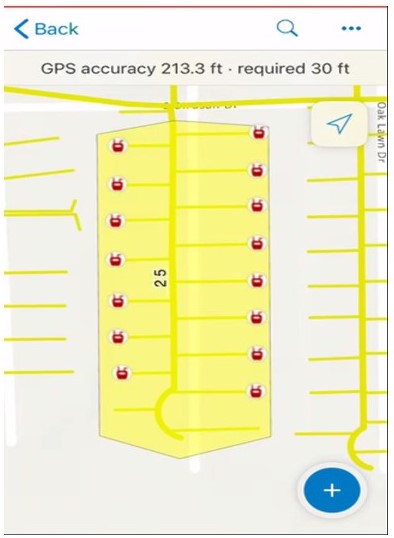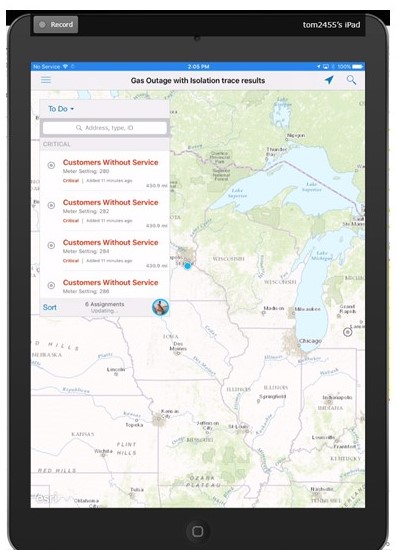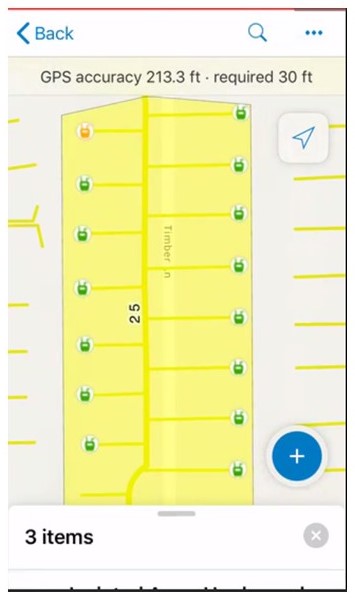- Home
- :
- All Communities
- :
- Industries
- :
- Gas and Pipeline
- :
- Gas and Pipeline Blog
- :
- Improving Gas Outage Response
- Subscribe to RSS Feed
- Mark as New
- Mark as Read
- Bookmark
- Subscribe
- Printer Friendly Page
Gas Outage Management Part 3 of 3
The Gas Relight Process
By Tom Coolidge and Tom DeWitte
Natural gas distribution utilities have a proven track record of high reliability, even during extreme weather events. But, in addition to smaller gas outages, exceptions resulting in large gas outages do infrequently occur. These exceptions continue because of such things as planned pipe replacements, unplanned errors during routine maintenance activities, and transmission pipeline supply issues. As examples, just in the last year or so:
- 2,800 customers in Dallas, TX experienced a large gas outage,
- 7,600 customers in Merrimack Valley, MA were out for some time,
- 2,200 customers in Dayton, OH experienced a large gas outage, and
- 4,900 customers in Ashland, WA experienced a large gas outage.
A Better Way
While these large gas outages are generally like those of earlier years, the expectation of how a gas relight event is best handled has been changing. I experienced this first hand in 2018. During that gas outage event, I saw state and local elected officials arrive at the gas utility every morning for an in-person update. Later in the day, they expected to be provided with a video update on the progress of gas service restoration. Not only did the elected officials expect to be given an up-to-date summary of the overall outage event, they also had questions and expected answers to the status of individual customers. These same elected officials expected that their local gas utility be able to inform them on demand on the status of any customer. Further, they expected that any customer could contact their local gas utility and receive the same information.
Most current gas relight processes in use in the gas industry are not capable of meeting these expectations. They lack the real-time communication capability between multiple gas field staff and they lack the real-time communication capability to inform office staff, executives, and local communities seamlessly with this same information. ArcGIS software leverages today’s telecommunication system to enable the gas relight information to be collected and shared in near real-time. The key to a successful gas outage solution based on the ArcGIS software is in knowing how. In this blog, we will answer the question of how to enable gas field staff to collect and share an individual customer’s gas relight status in near real-time and how office executives can monitor and share the event status in near real-time.

In the first blog of this series, we described how the ArcGIS desktop software can be used to perform a gas isolation trace which will accurately identify the customer meters impacted, the isolating devices or pinch locations and the extent of the outage. In the second blog, we addressed how the ArcGIS platform can be leveraged to transmit this large amount of information from the office to the correctly assigned gas field staff. In this blog, the third of the series, we will walk through a hypothetical gas relight event and see how this information is streamed between office to field and field to field.
Gas Relight Initiated
When the gas relight list of impacted customer meters is uploaded and assigned to the gas field staff, the office staff and executives have immediate visibility into the event. The office dashboard shown below shows an example of a gas relight dashboard at the initiation of the gas relight event. At this point, all 15 impacted customer meters can be individually seen on the map, and their status is communicated by symbol color (red = out, orange = off, green = relit, and purple = no entry).

In the field, the gas field staff can see the same near real-time information on their mobile devices (smart phone, tablet, laptop). This is the first view of the outage event provides a view of the entire event. Every gas field technician can see the status of every impacted customer meter impacted.

The second view is a presentation of those impacted customer meters assigned to the field technician.

Together, these two views provide gas field technicians with a complete understanding of the gas relight event.
Gas Relight Meter Turn-off
As the gas field staff begins the process of turning off the individual impacted customer meters, everyone in the field and the office will see the meter status change. Having the status of a meter seamlessly communicated to everyone in the field and the office allows for improvements to the gas relight process itself.


Gas field technicians no longer need to stop working the outage to deliver their documentation to a gas operations supervisor. If a gas field technician finishes his or her assigned meters, he or she can see the real-time status of the other gas field technicians. This means that a technician who has just completed the left side of the street, can simply walk across the street to start working those meters which have not yet been done by the technician working on the right side of the street.
Gas Relight Meter Turn-On
The turn-on process is a multi-step process that includes turning the valve at the meter to open the customer to the flow of natural gas. It also includes going into the customer building to relight the gas appliances. If the customer is not available to provide access to the appliances within the building, the customer is marked as “no access”. If all turn-on tasks can be completed, then the customer’s meter status is changed to “relit”.

Remember the office is seeing the status change as soon as the field technician updates the meter and submits the record change. Gas executives and customer representatives can see the status of a meter within seconds, as quickly as the telecommunication system makes possible. This allows customer service representatives to confidently inform customers when they call asking for information. It also allows gas executives to easily communicate to an elected official the status of the overall event and any individual meter.
Conclusion
Today’s ArcGIS presents gas utilities with the opportunity to greatly improve on how they execute the gas outage restoration process. Modern gas service restoration at its best is an enterprise-wide activity with workers in the field and office working together collaboratively in real-time on the same data. This blog, and the two that preceded it, together described how the core capabilities of the ArcGIS platform enable a gas utility to implement a modern gas service restoration process. This process is accurate, efficient, and timely. It is a process that will provide customer service representatives, gas operations supervisors, and gas management with real-time clarity on the progress of each customer through the gas service restoration process.
You must be a registered user to add a comment. If you've already registered, sign in. Otherwise, register and sign in.